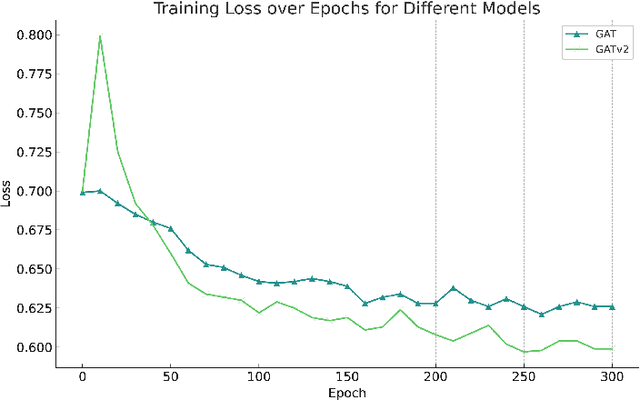Chunjiang Liu
When Large Language Models Meet Vector Databases: A Survey
Feb 06, 2024Abstract:This survey explores the synergistic potential of Large Language Models (LLMs) and Vector Databases (VecDBs), a burgeoning but rapidly evolving research area. With the proliferation of LLMs comes a host of challenges, including hallucinations, outdated knowledge, prohibitive commercial application costs, and memory issues. VecDBs emerge as a compelling solution to these issues by offering an efficient means to store, retrieve, and manage the high-dimensional vector representations intrinsic to LLM operations. Through this nuanced review, we delineate the foundational principles of LLMs and VecDBs and critically analyze their integration's impact on enhancing LLM functionalities. This discourse extends into a discussion on the speculative future developments in this domain, aiming to catalyze further research into optimizing the confluence of LLMs and VecDBs for advanced data handling and knowledge extraction capabilities.
A Community Detection and Graph Neural Network Based Link Prediction Approach for Scientific Literature
Jan 04, 2024



Abstract:This study introduces an innovative approach that integrates community detection algorithms with Graph Neural Network (GNN) models to enhance link prediction in scientific literature networks. We specifically focus on the utilization of the Louvain community detection algorithm to uncover latent community structures within these networks, which are then incorporated into GNN architectures to predict potential links. Our methodology demonstrates the importance of understanding community dynamics in complex networks and leverages the strengths of both community detection and GNNs to improve predictive accuracy. Through extensive experiments on bipartite graphs representing scientific collaborations and citations, our approach not only highlights the synergy between community detection and GNNs but also addresses some of the prevalent challenges in link prediction, such as scalability and resolution limits. The results suggest that incorporating community-level information can significantly enhance the performance of GNNs in link prediction tasks. This work contributes to the evolving field of network science by offering a novel perspective on integrating advanced machine learning techniques with traditional network analysis methods to better understand and predict the intricate patterns of scientific collaborations.
A Comprehensive Survey on Vector Database: Storage and Retrieval Technique, Challenge
Oct 18, 2023Abstract:A vector database is used to store high-dimensional data that cannot be characterized by traditional DBMS. Although there are not many articles describing existing or introducing new vector database architectures, the approximate nearest neighbor search problem behind vector databases has been studied for a long time, and considerable related algorithmic articles can be found in the literature. This article attempts to comprehensively review relevant algorithms to provide a general understanding of this booming research area. The basis of our framework categorises these studies by the approach of solving ANNS problem, respectively hash-based, tree-based, graph-based and quantization-based approaches. Then we present an overview of existing challenges for vector databases. Lastly, we sketch how vector databases can be combined with large language models and provide new possibilities.
 Add to Chrome
Add to Chrome Add to Firefox
Add to Firefox Add to Edge
Add to Edge